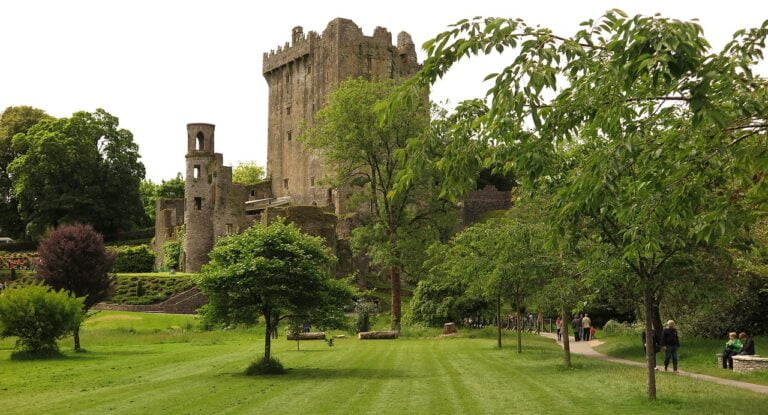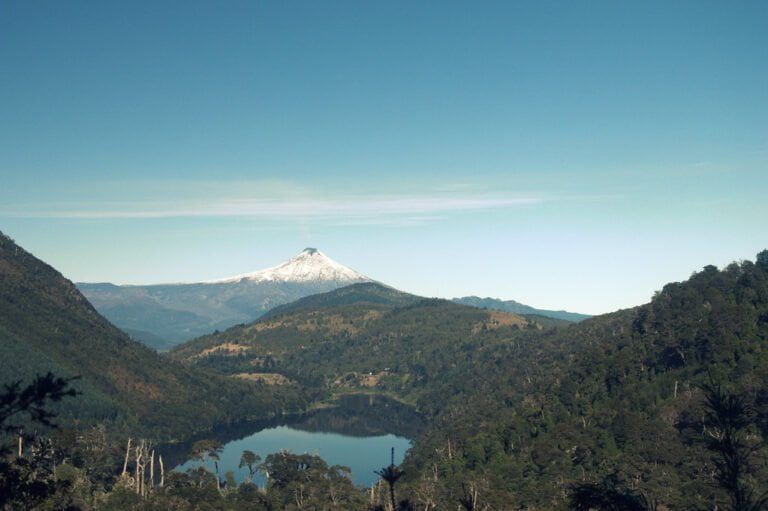What Are the Best Months to Visit Rocky Mountain National Park?
Rocky Mountain National Park is a year-round destination, with each season offering unique experiences and activities that cater to different interests and preferences. Winter, from December to March, transforms the park into a serene winter wonderland, ideal for snowshoeing and spotting winter wildlife. Spring, from April to May, brings vibrant wildflowers and emerging wildlife. Summer, from June to August, is perfect for hiking, horseback riding, and scenic driving. Autumn, from September to November, showcases breathtaking foliage and prime wildlife viewing. Depending on your preferences, each season offers an unforgettable experience – and there's more to discover as you venture further.
Winter Wonderland: December to March
During the winter months of December to March, Rocky Mountain National Park transforms into a serene and majestic Winter Wonderland, boasting over 60 inches of snowfall and a tranquil atmosphere that beckons outdoor enthusiasts to discover its snow-covered landscapes. This season offers a unique opportunity to trek the park's vast wilderness on snowshoes or cross-country skis, taking in the breathtaking vistas and spotting winter wildlife such as elk, moose, and bighorn sheep. With fewer crowds and quieter trails, winter is an ideal time for those seeking a peaceful and immersive experience in nature. Just be sure to check park road closures and winter trail conditions before planning your visit.
Spring Awakening: April to May
As the snowpack begins to melt, Rocky Mountain National Park awakens from its winter slumber, revealing a tapestry of vibrant wildflowers, glistening streams, and lush green meadows that stretch as far as the eye can see. This is a time of rebirth, as the park's wildlife emerges from hibernation, and the air is filled with the sweet songs of birds returning to their summer habitats.
- Take advantage of the park's many hiking trails, now clear of snow and ice, and discover the park's hidden gems, such as the Wild Basin Trail or the Bear Lake Trail.
- Keep an eye out for elk, moose, and bighorn sheep, as they venture out of their winter habitats in search of food and shelter.
- Don't forget your camera, as the park's vibrant wildflowers and majestic scenery make for breathtaking photography opportunities.
Summer Fun: June to August
As the summer season unfolds in Rocky Mountain National Park, visitors are treated to a trio of exceptional experiences that make June to August a prime time to visit. During these warmest months, the park's wildflowers burst into vibrant bloom, longer daylight hours offer more time to discover, and a range of activities can be enjoyed in the comfortable weather. From hiking and horseback riding to fishing and scenic driving, summer in the Rockies is a season of endless adventure and breathtaking beauty.
Wildflowers in Bloom
Frequently, from June to August, Rocky Mountain National Park's alpine meadows and trails transform into vibrant tapestries of color as over 1,000 species of wildflowers burst into bloom. This spectacle is a nature lover's dream come true. The park's unique combination of soil, sunlight, and moisture creates an ideal environment for these delicate flowers to thrive.
- Columbine, the state flower of Colorado, can be spotted in shades of blue and white.
- Indian Paintbrush adds a splash of bright red and orange to the landscape.
- Lupine, with its delicate purple petals, is a favorite among park visitors.
Take a guided wildflower tour or venture out on your own to wander the park's many trails and meadows. Be sure to bring a field guide to help identify the various species, and don't forget your camera to capture the breathtaking beauty of Rocky Mountain National Park in full bloom.
Longer Daylight Hours
During the summer months of June to August, Rocky Mountain National Park bathes in an average of 10-11 hours of daylight, allowing visitors to make the most of their time discovering the park's vast wilderness. With longer days, you can hike to those hard-to-reach alpine lakes, take a leisurely stroll through the meadows, or simply enjoy a picnic with a breathtaking view. The extended daylight hours also provide ample opportunity for wildlife viewing, as many species are more active during this time. Take advantage of the extra light to venture into the park's hidden gems, such as the lesser-known trails and scenic overlooks, and make the most of your Rocky Mountain National Park adventure.
Warm Weather Activities
With the longer days providing an ideal backdrop, summer in Rocky Mountain National Park is the perfect time to engage in a wide range of warm weather activities that showcase the park's natural beauty. Visitors can take advantage of the pleasant temperatures and discover the park's many trails, lakes, and meadows.
- Hike to the top of Deer Mountain or Flattop Mountain for breathtaking views of the surrounding landscape.
- Rent a kayak or canoe and paddle across Sprague Lake or Bear Lake, taking in the serene surroundings.
- Travel the park's many scenic drives, including the Bear Lake Road and the Trail Ridge Road, which offer stunning views of the surrounding mountains and valleys.
Autumn Foliage: September to November
As the summer warmth begins to wane, Rocky Mountain National Park transforms into a kaleidoscope of autumn colors, beckoning visitors to revel in the vibrant hues of September, October, and November. The aspens, birches, and cottonwoods don brilliant shades of gold, orange, and red, creating a picturesque backdrop for outdoor adventures. Hike the trails, such as the Bear Lake Trail or the Sprague Lake Loop, to immerse yourself in the kaleidoscope of colors. Wildlife viewing is also prime during this season, as elk, moose, and deer are active during the fall rutting season. Capture the stunning scenery and memories with your camera, as the autumn foliage in Rocky Mountain National Park is truly unforgettable.
Shoulder Season Benefits
Beyond the vibrant autumn foliage, visiting Rocky Mountain National Park during the shoulder season offers numerous benefits that make it an ideal time to discover the park's natural wonders.
- Fewer Crowds: With fewer visitors, you'll have a more peaceful and serene experience, allowing you to connect with nature on a deeper level.
- Lower Prices: Enjoy discounted rates on accommodations, guided tours, and other activities, making your trip more budget-friendly.
- Mild Weather: The shoulder season typically brings mild temperatures, making it perfect for outdoor activities like hiking, camping, and wildlife watching.
Year-Round Activities
Rocky Mountain National Park offers a diverse range of activities that can be enjoyed throughout the year, regardless of the season. From snowshoeing and cross-country skiing in winter to hiking, camping, and wildlife watching in summer, there's always something to do. Spring brings wildflower blooms and baby animal sightings, while autumn offers scenic drives and elk bugling. Visitors can venture into the park's 60 mountain peaks, alpine lakes, and forests via over 350 miles of trails. Additionally, the park offers ranger-led programs, including nature walks, bird-watching tours, and full-moon hikes. With so many activities available, Rocky Mountain National Park is a year-round destination for outdoor enthusiasts who can trek through the park's vast wilderness.


